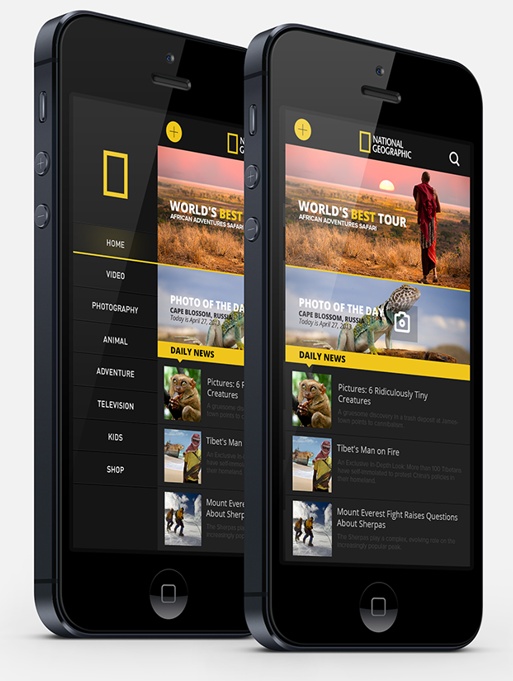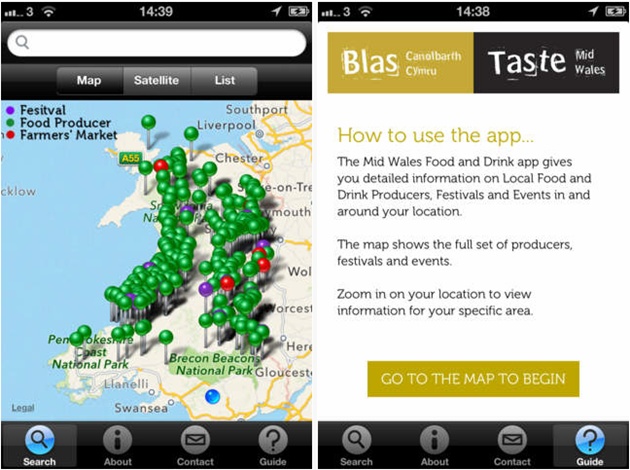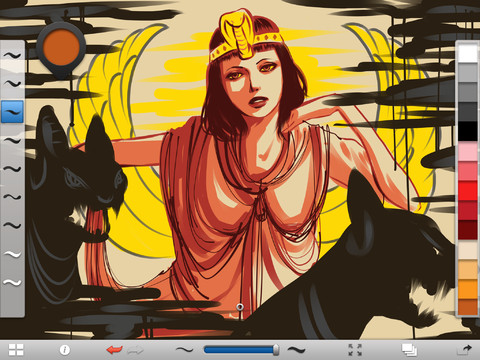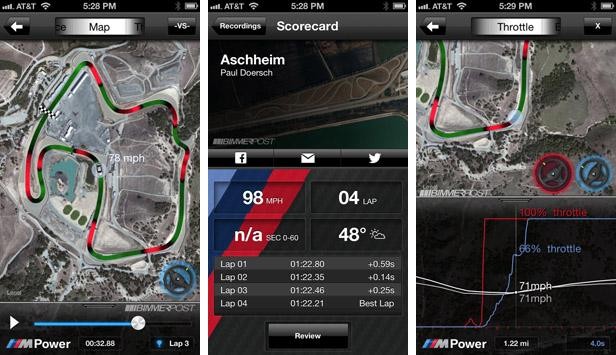It's difficult to accept just how new the concept of mobile app development really is when you consider the ubiquity of the technology today. The rise of the mobile app has coincided with burgeoning smartphone use, which has snowballed beyond all recognition.
This year (2013), the number of people browsing the internet from mobile phones is expected to surpass the number of those using laptops, tablets, and desktop computers combined. So it's not hard to see why so many of the world's biggest brands are desperate to cut themselves a slice of this growing pie by designing and developing the next big mobile app.
So, as promised, here are five development tips to help your mobile app stand out from the crowd.
Down with skeuomorphic design!
As a revolutionary slogan, that's not going to win you any prizes or inspire the masses, but it might help you quickly assembly a forward-thinking team of mobile app developers.
For those none the wiser, skeuomorphic design is the term used to describe the surprisingly simple concept of designing apps to look like the physical object they represent. Apple's Notes application, with a design that incorporates the torn off pages and leather-bound border of a physical notebook, is an example of this design approach.
Once all the rage, skeumorphic design is beginning to die out as mobile users are becoming increasingly frustrated by the sacrifice of functionality in favor of design. So, though skeuomorphic apps might look the part, they usually miss the usability boat.
In terms of design, 2013 is to be the year of more intuitive, flat-style designs, just like the new National Geographic redesign, which has shunned skeuomorphic design in favor of a sophisticated and stylish approach:

Location and push
Location software and push notifications have been around for what seems like donkey's years, but, for 2013, they've been having a bit of a revamp.
Smartphone users will be all too familiar with push notifications, which can make it seem like your mobile won't let you have more than a couple of minutes to yourself. Push notifications are the alerts that produce a sound or vibration designed to inform the user that something has happened on an app, even when the app is switched off.
Location software is a valuable tool for businesses as it gives the location of a smartphone user, allowing companies to send more targeted information or advertising. For example, an app that provides information about attractions and events will be able to provide the user with information that is specific to his particular location.
The evolution of location and push technology is a constant, although it is only recently that mobile app development teams are waking up to just how sophisticated this technology can be.
Take a look at this Mid-Wales Food and Drink app for an example of location and push in practice:

Buttons
Buttons are commonly the way users interact with mobile apps; but, as more and more novel app interfaces are created, the simple button loses some of its allure. We're not saying the bottom is dead, but with more fun methods of interaction such as pinches, swipes, and a whole range of other movements on offer, developers are certainly exploring their options a lot more, with plenty of innovative results.
The Stupid Test: Reloaded app is an excellent example of how developers are pushing the boundaries of what can be achieved with buttons:

Quality
The number of apps available to users is increasing exponentially; accordingly, the onus is on mobile app development teams to produce apps that help businesses stand out from the crowd. The problem is, in such a rapidly growing industry, every man and his dog is suddenly an app developer, but there are only a handful of companies with the quality required to turn an app into the next big thing. Such a crowded marketplace makes simply being found in the App Store challenge enough.
Sketchbook Ink is an example of a recently released app that aims to stand out in an increasingly saturated marketplace. It has a range of powerful tools that allow users to create detailed artwork on their mobiles:

Connectivity
In a market where changes are occurring all the time, it is all too easy to be left behind and miss an opportunity.
Connectivity is still in its infancy, but it's developing at a rate of knots. Perhaps the most recent innovation has been the Smart television, which allows consumers to view and use mobile apps on their televisions. The next big connectivity innovation is expected to be the car, which will offer unprecedented levels of integration over the year ahead, giving leading brands and mobile app developers plenty to think about.
BMW has created the BMW M Power App, which when synced with a BMW Apps-equipped car, can record lap times, and throttle and braking position, as well as aiding navigation:





